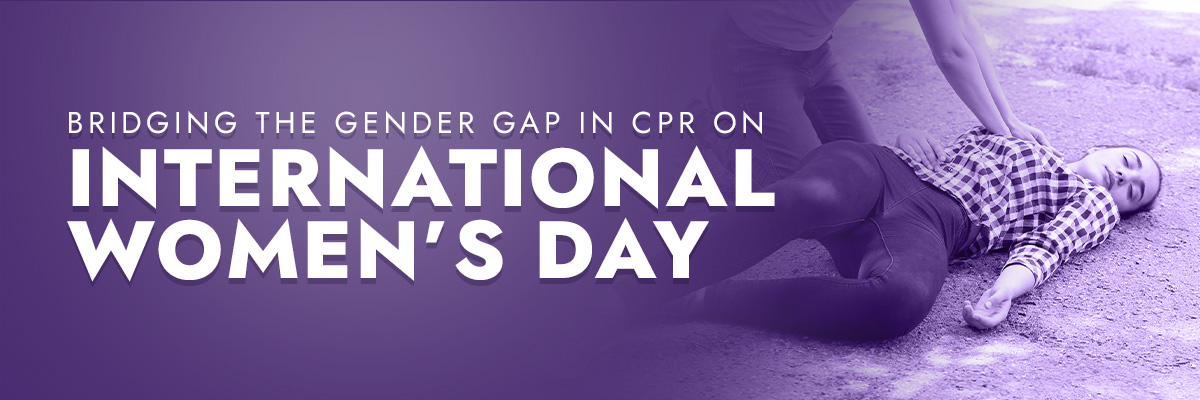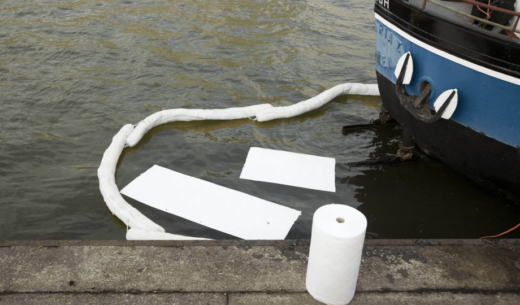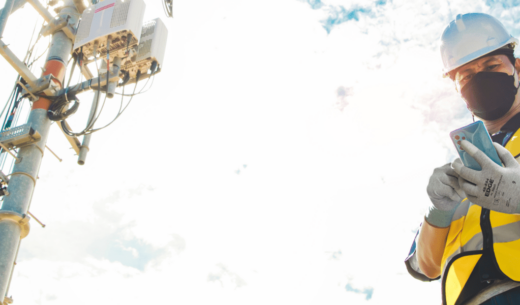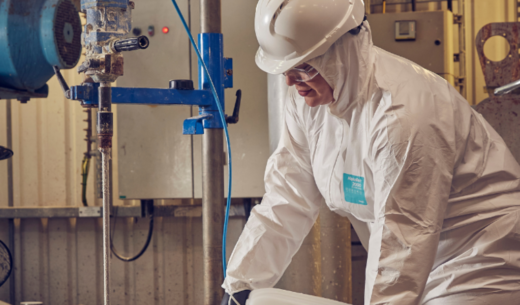BRIDGING THE GENDER GAP IN CPR ON INTERNATIONAL WOMEN’S DAY
International Women’s Day is a time to celebrate achievements, recognise challenges and advocate for gender equality, but, in the realm of emergency response, there’s a crucial issue that often goes unaddressed – the reluctance to administer CPR to women.
Despite advancements in awareness and education about cardiopulmonary resuscitation (CPR), there remains a gender disparity in the willingness of bystanders to perform CPR on women.[1] On this International Women’s Day, let’s shine a light on this issue and work towards breaking down the barriers that hinder life-saving efforts for women in cardiac emergencies.
The gender CPR gap
Studies have consistently shown that people are less likely to perform CPR on women compared to men in emergency situations. Unconscious bias, fear of causing harm or discomfort with touching a woman’s chest may contribute to this gender disparity in life-saving interventions. [2]
Understanding unconscious bias
Unconscious bias plays a significant role in the reluctance to administer CPR to women. Bystanders may hold stereotypes about women being more fragile or assume that their symptoms are less severe. Recognising and addressing these biases through education and awareness campaigns is essential to bridge the gap in CPR response.[2]
CPR training for all
Comprehensive CPR training programs should emphasise that the technique is universal and applicable to all individuals, regardless of gender. Instructors can provide scenarios featuring women as victims during training sessions, fostering a more inclusive and equal approach to life-saving skills.[3]
Educational campaigns
Public awareness campaigns on CPR should actively challenge stereotypes and dispel myths that may contribute to the gender disparity. Sharing stories of women who have survived cardiac emergencies due to timely CPR can inspire confidence and encourage bystanders to act without hesitation.
Normalising female anatomy in CPR training
Some individuals may be hesitant to perform chest compressions on women due to concerns about touching the chest area. CPR training should address these concerns by normalising the practice on manikins with varying anatomies, including female chest models. Emphasising the importance of immediate and effective CPR should outweigh any discomfort associated with the gender of the victim.[4]
Incorporating real-life scenarios in training
CPR training modules should include diverse scenarios that reflect real-life emergencies, with a focus on portraying women as the victim. Simulations can help participants overcome preconceived notions and build confidence in administering CPR to anyone in need, irrespective of gender.[5]
Community partnerships
Collaborate with community organisations, schools and healthcare providers to create a network of support for CPR education. Establish partnerships that actively address gender disparities in CPR response, fostering a collective effort to ensure that everyone receives the life-saving care that they need.[6]
On International Women’s Day, let’s unite in the pursuit of equality, even in life-saving situations. Closing the gender gap in CPR response requires a concerted effort to challenge biases, provide inclusive training and foster a culture of immediate action in emergency situations. By breaking the silence surrounding the reluctance to administer CPR to women, we can strive towards a world where everyone, regardless of gender, receives the care they deserve in critical moments.
References:
[2]: Women less likely than men to receive CPR from strangers, study finds | The Independent
[3]: CPR for Women – is it different? | MRS Training & Rescue (mrsl.co.uk)
[4]: Female CPR dummy attachment created to challenge gender bias | US News | Sky News
[5}: Scenario Based Learning — REAL First Aid
[6]: Collaborating with Local Authorities to Boost CPR Initiatives (cprcertificationnow.com)









